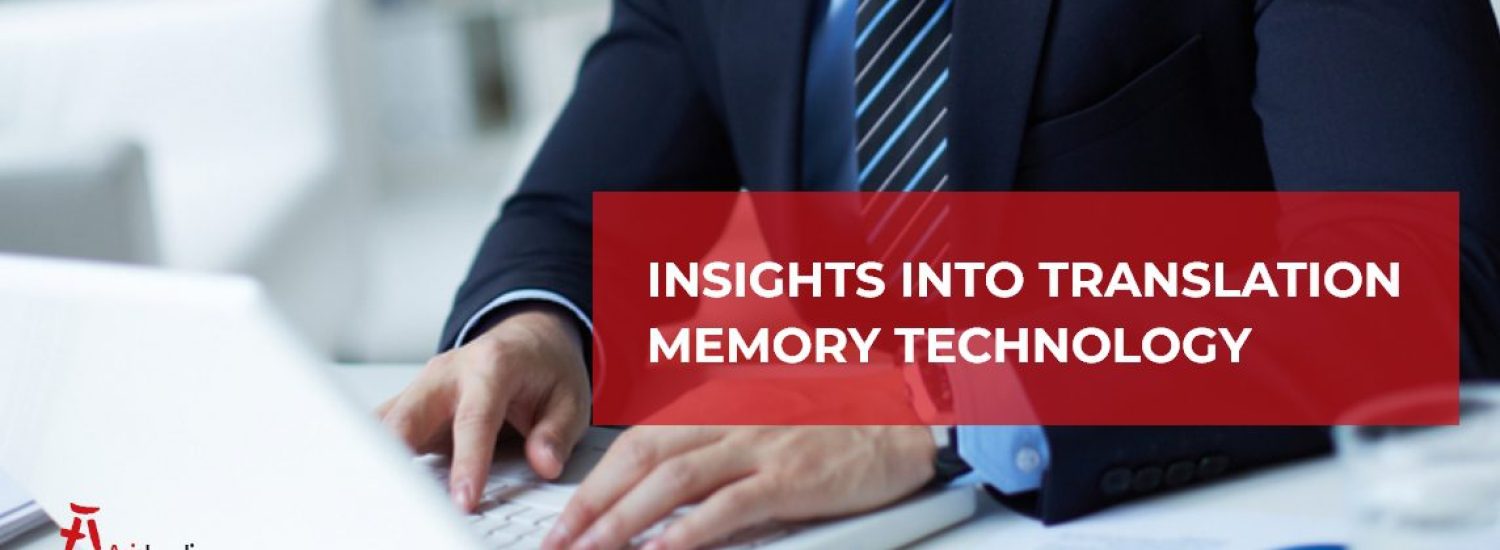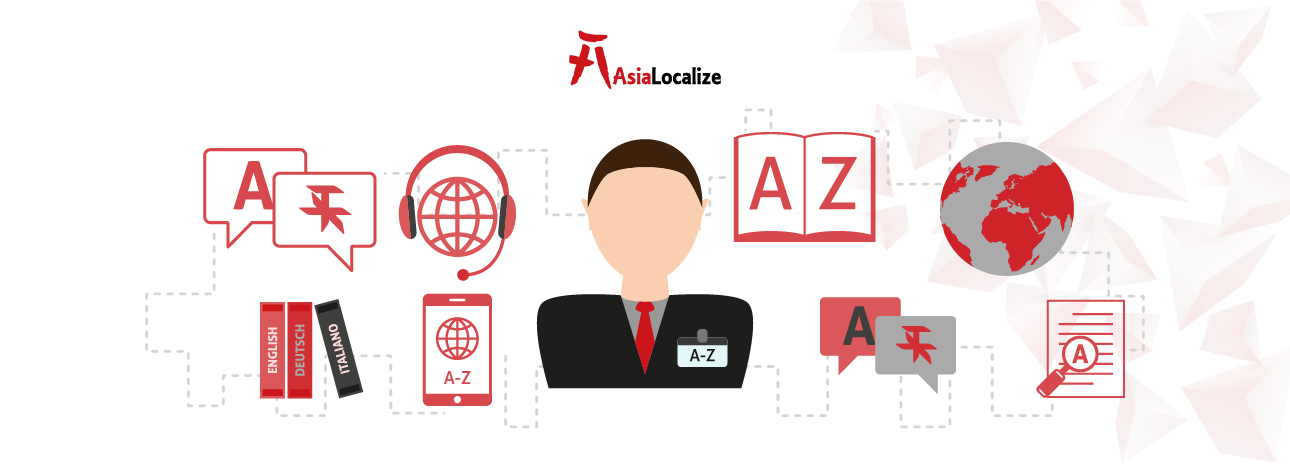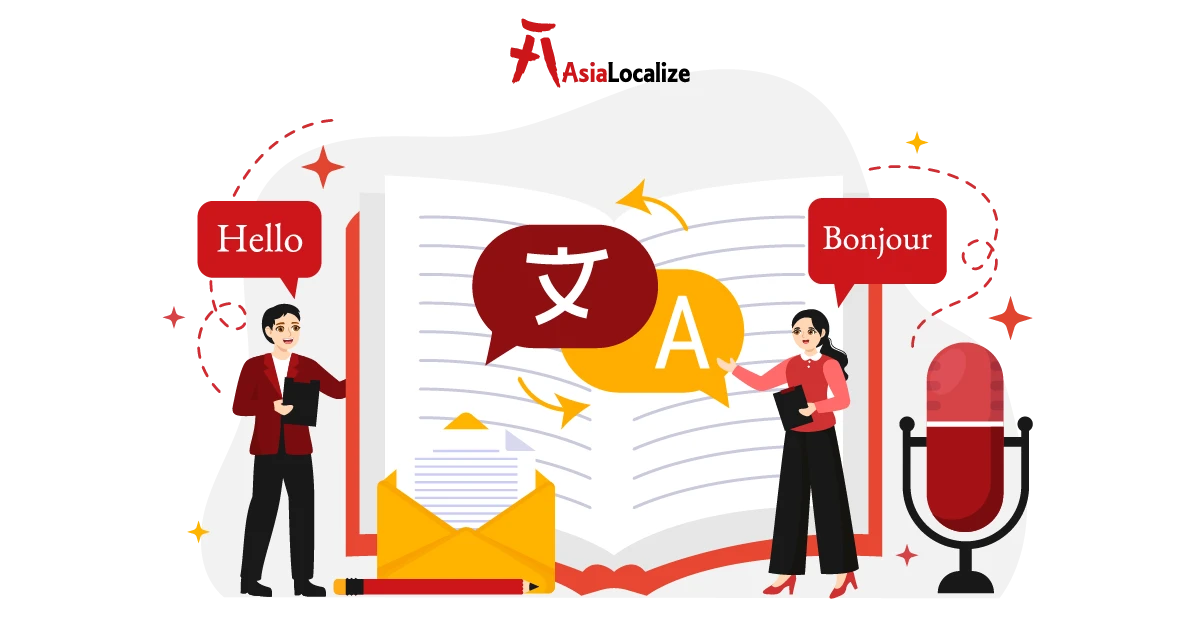The translation technology has evolved to unprecedented levels that were once impossible to reach.
Far from the rise of AI and machine translation, many tools, such as termbases, glossaries, and more, have become the right hand of today’s translators.
One of these is translation memory, which has been around since the 70s and has since grown into a powerful resource for translators as well as translation agencies aiming for scalability, quality, and speed.
In this blog, we will explore together what a translation memory tool is and learn more about the difference between it and machine translation. In addition, we will show how it exactly works and how it can be a real power for speedy and consistent translation projects.
What Is A Translation Memory?
Translation memory software is a computer-assisted translation (CAT) tool that stores text segments in the source and target languages, ranging from strings of words and sentences to paragraphs.
These segments are called translation units and can be easily retrieved when a new document is uploaded for translation. This allows professional linguists to leverage existing human translations instead of starting from scratch.
One of the greatest benefits of translation memory is that it significantly accelerates the translation process as it avoids redundant effort. It also ensures terminology and style choices remain consistent not just within a single project but across all materials in the memory database.
Why Should You Care About Translation Memory As A Client?
Well, in professional translation agencies, as the translation memory grows with additional projects, the chances of finding applicable reuse matches increase. This helps reduce per-word translation costs by omitting repetitive segments.
In addition to this, it makes sure you receive projects with the highest quality, consistency, and accuracy possible.
Translation Memory & Machine Translation: What Is the Difference?
It’s true translation memory (TM) and machine translation (MT) both deal with producing translations, but how they operate or specifically produce such translations is what distinguishes them from each other.
A translation memory tool stores previously translated segments from past projects in a searchable database called a “translation memory”. When a new text requires translation, the system checks the TM for matches to partial or whole lines already translated by humans.
Machine translation MT, on the other hand, uses advanced algorithms to automatically translate entire texts between languages without human intervention.
Also, the quality of their output differs significantly:
- Since TM relies on pre-existing human translations stored in the memory, it ensures consistent high quality that has already been verified.
- However, as MT generates entirely new translations without human oversight, the quality of the output is unpredictable. Though the capabilities of neural MT have advanced remarkably, it is still unable to perfectly understand semantics, cultural nuances, and acceptable stylistic variations in every context.
How Translation Memories Work
Wondering how translation memories work? Here are the steps that any translator takes working with the help of TM:
- The translator uploads the text (that needs to be translated) on a CAT tool or translation management system TMS.
- Translation memory identifies the matching content between the source text and the previously translated content.
- The segments that match the stored content are grouped into categories based on the degree of their similarity.
- Translation memory suggests translations for translators to choose from.
- At this point, the translator can use the suggestion without any changes, use it with a little tweak, or refuse it to create a whole new translation.
The Different Types of Translation Memory Matches
Since translation memory is an innovative tool, it understands that translations aren’t always identical. Depending on the similarity, it categorizes the content into different types of matches.
- Perfect Matches: An exact or perfect match means that the TM segment is the same as the one existing in the source text. The higher the percentage of similarity, the more accurate the translation is.
- Nearly Exact Match: It means that the match is almost the same, with a percentage ranging between 95% to 99%. It includes slight differences regarding numbers, punctuation, or spaces.
- Fuzzy Matches: Here, the matches are partially similar, forcing translators to make many changes to the suggestions if they decide to reuse them for the sake of accuracy and quality.
Fuzzy matches are usually further categorized based on the match percentage:
- High Fuzzy Matches: These are typically above 95% and require minimal edits, often just a few characters or a single word.
- Medium Fuzzy Matches: These might range from around 75% to 95% and will require more attention to adjust the translation appropriately.
- Low Fuzzy Matches: These are usually below 75% and may offer limited value, requiring substantial editing or a complete retranslation.
The TM system may also offer suggestions for terminology matches when individual words or phrases correspond to entries in a terminology database, which is often integrated with the TM system.
Final Thoughts
Translation memory tools offer considerable benefits for speeding up translation workflows and maintaining quality consistency. However, to truly maximize the advantages they provide, it is important to leverage the expertise of experienced language service partners.
As one of the industry’s most experienced language service providers, our highly skilled linguists have mastered not only diverse language requirements but also how to strategically apply customizable tools and best practices.
With the integration of advanced Translation Memory Systems, tightly controlled workflows, and other cutting-edge CAT technologies, we streamline operations while maintaining stringent quality control.
Our rigorous translation processes and proprietary technologies work behind the scenes so you receive seamless, consistent deliverables on time and within budget.









